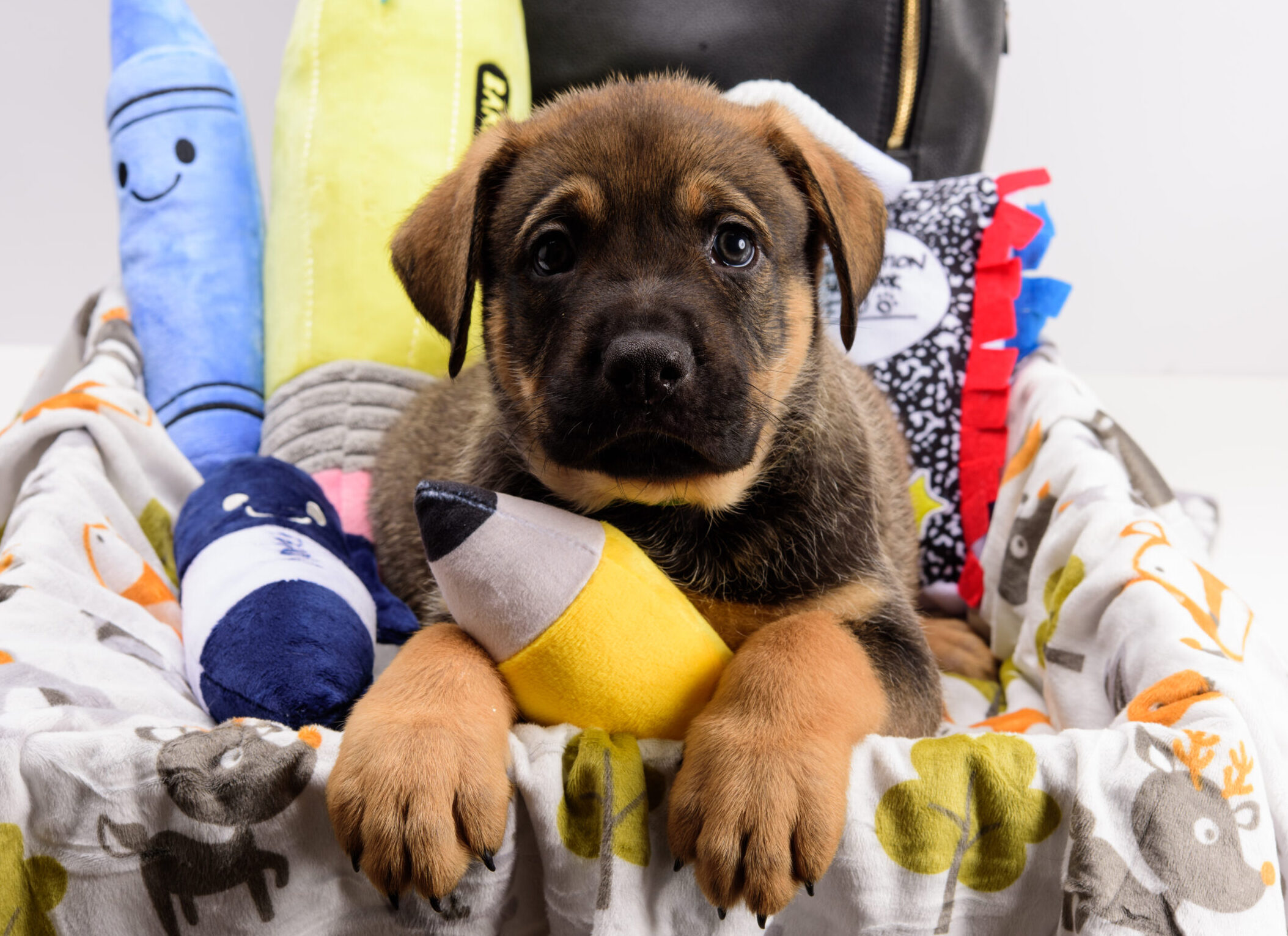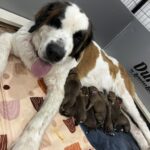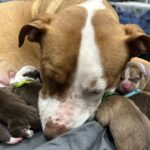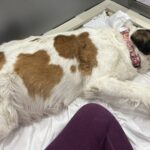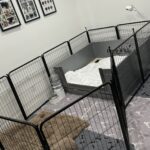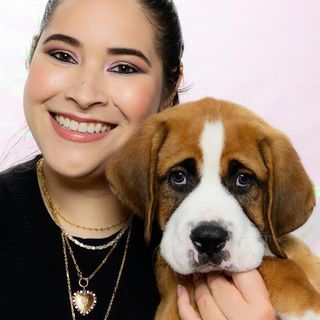Week 4 involves builds on the introductions made in Week 3. Pups remain fearless, which means we want to continue to introduce stimuli, including louder sounds.
We will increase the frequency and duration of encounters with new people while adding outdoor space, play space, and obstacles.
If your pups seem developmentally delayed, you will want to use Week 3’s curriculum. If your pup is just starting the KinderPUP program, you will need to work through Week 3’s introductions as necessary.
Week 4 Overview
- Introduce play area
- Introduce outdoor space
- Continue desensitization to grooming (nail trimming, brushing, etc.)
- Continue building bond and trust through handling, holding, petting, and exposure to new people
- Continue to add and rotate through different toys, textures, and objects
- Introduce obstacles
- Introduce loud sounds
Care Tasks
| Task | Recommendation | Frequency |
|---|---|---|
| Add play area | Expand pen space to allow for more playing and movement as pups start to become more mobile | One time |
| Replace soiled linens | Support potty training with more frequent linen changes | ~2x Daily |
| Add outdoor space | (if possible) Create safe and secure space for pups to be outdoors w/toys and textures | One time |
| Continue weaning | Feed pups 3x daily, always offer water (See Introducing Food and Water.) | 3x Daily (Food)As needed (Water) |
| Nail trims | Trim nails every 7 to 10 days (See Introducing Grooming.) | Weekly |
| Weigh | Record weights | Weekly |
Socialization Tasks
| Task | Recommendation | Frequency |
|---|---|---|
| Body handling | Gently touch ears, nose, paws, tail; lift lips (~5 minutes) Interact with pups by holding, petting, and cuddling | Daily |
| More new people | Pups can meet more people for longer periods and more often | Weekly (or more, if foster can do so) |
Environmental Enrichment
We recommend rotating toys, textures, and obstacles in tandem with washing used objects and replacing with clean ones!
| Task | Recommendation | Frequency |
|---|---|---|
| Rotate toys and textures | Rotate toys and textures each time you clean the pen | 2-3x Weekly |
| Introduce obstacles | Encourage body awareness and mobility with size-appropriate objects for pups to crawl, climb, and maneuver over/around | 2-3x Weekly |
| Passive sounds | Ensure pups can hear household activities, especially louder ones like vacuuming | Daily |
Age-Appropriate Toys, Textures, and Obstacles
Toys need to be of the appropriate size to avoid pups swallowing or choking on them. For example, larger-breed pups may require larger toys compared to smaller-breed pups.
Textures need to complement the pups’ mobility level. If pups are walking competently, smoother surfaces should be added to the texture rotation. If they are not, delay until they are.
Obstacles must complement the pups’ capabilities and their size. Larger breeds will need objects that allow them to step on and off or in and out of that would not work for smaller breeds.
Interactive Enrichment
Week 4 looks a lot like Week 3! We are continuing to build the bond between puppy and handler while encouraging politeness.
| Task | Recommendation | Frequency |
|---|---|---|
| Play with toys | Play with pups using the toys in their pen, encouraging them to approach and interact with the toy you’re holding | Daily |
| Redirect mouthiness | Allow only gentle mouthiness (“yelp” like a littermate would if too firm) and redirect mouthiness to toy | Daily |
| Reward good behavior | If a pup chooses to sit or stop whining, reward with affection | Daily |
| Sit with pups | Interact with pups, allowing them to explore you, climb on your lap, maneuver around you | Daily |
| Expose to loud, unpredictable sounds | Bangs, booms, clangs, thuds, whirs, yells – louder, less predictable sounds; like action movies, young kids playing nearby (not with puppies), video games, different types of music, etc. | 2-3x Weekly |

